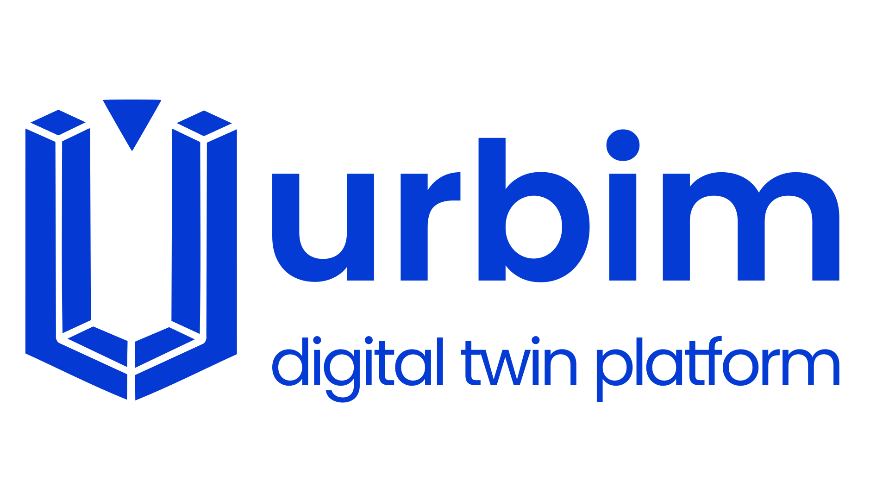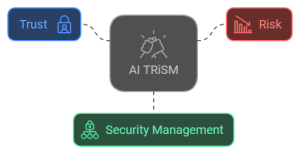In this new era filled with artificial intelligence (AI), security and trust have become essential aspects to ensure that new emerging technologies begin to operate in a safe and ethical manner. AI TRiSM, which stands for Trust, Risk and Security Management, this term is presented to us as a fundamental framework for dealing with these concerns. We will explore in this article what AI TRiSM is, what underpins its importance and how digital twins are integrated into this new domain.
What does AI TRiSM mean?
There are three key aspects that make up the AI TRiSM: Trust, Risk and Security Management, aspects that cannot be left aside when it comes to implementing artificial intelligence systems.
- Trust: Trust is based on the need for transparency within AI systems so that users and organizations can understand how and why AIs make decisions; this value is built on ethical design and clear explanation of algorithms.
- Risk: Refers to the potential risks associated with AI implementation, such as risks to privacy, security, or the possibility of making erroneous or biased decisions.
- Security management: AI security involves protecting data and the infrastructures that host these systems. Security management also includes the implementation of policies and technologies that prevent unauthorized access and cyber-attacks, thus ensuring the protection of information and the correct functioning of AI systems.
The importance of this new term lies in ensuring that organizations not only implement AI efficiently, but also consider compliance with security and ethical regulations, protecting users and ensuring trust in the technology.
Importance of AI TRiSM in the management of digital twins
Moving into the world of technology, we have digital twins, which are virtual representations of physical objects or structures that are used to simulate and monitor their behavior in real time. These models allow organizations to test optimization without affecting the actual physical asset, making it an incredibly valuable tool.
The integration of AI TRiSM into the management of digital twins is critical to ensure that these virtual representations are accurate, ethical and secure. The advancement of these technologies causes them to become more complex and autonomous, which increases the risk of errors. TRiSM mitigates these risks by ensuring that the data used is reliable and that the virtual models are managed securely, maintaining the integrity and accuracy of the simulations.
Where can we find TRiSM?
It is encouraging to see how the implementation of AI TRiSM in digital twin management is transforming industries in specific situations such as:
- Construction and infrastructure management: digital twins are used to simulate and manage buildings, roads and other infrastructure in real time, thanks to AI TRiSM, organizations can safely monitor these assets and predict structural failures before they occur, enabling proactive and effective interventions
- Smart city management: Digital twins make it possible to simulate the operation of entire cities, from traffic management to water and energy supply. AI TRiSM ensures that these models are managed in an ethical and secure manner, ensuring that AI-based decisions benefit citizens and do not compromise their privacy
Challenges ahead
Despite its benefits, the implementation of AI TRiSM in digital twins leaves several challenges. Real-time data integration, protection against cyber-attacks and the need to maintain transparency in complex systems are some main concerns, however, these difficulties also present opportunities for innovation in the field of artificial intelligence and digital twins.
The evolution of AI TRiSM will continue to transform the way digital twins are managed and used. As technologies advance, we may see greater automation in security processes and a stronger focus on ethics and transparency.
URBIM hand in hand with AI TRiSM
URBIM is at the forefront of this technological transformation. Its platform applies AI TRiSM principles to ensure that simulations and predictions are reliable, ethical and safe, contributing to a future where digital technologies not only transform industries, but do so in a responsible and sustainable way.
References:
- Gartner AI TRiSM – Detailed information on AI TRiSM and its practical applications
- MIT – Perspectives on Artificial Intelligence Ethics and Risk Management
- Deloitte Insights – Studies on digital twins and their relationship to AI TRiSM






